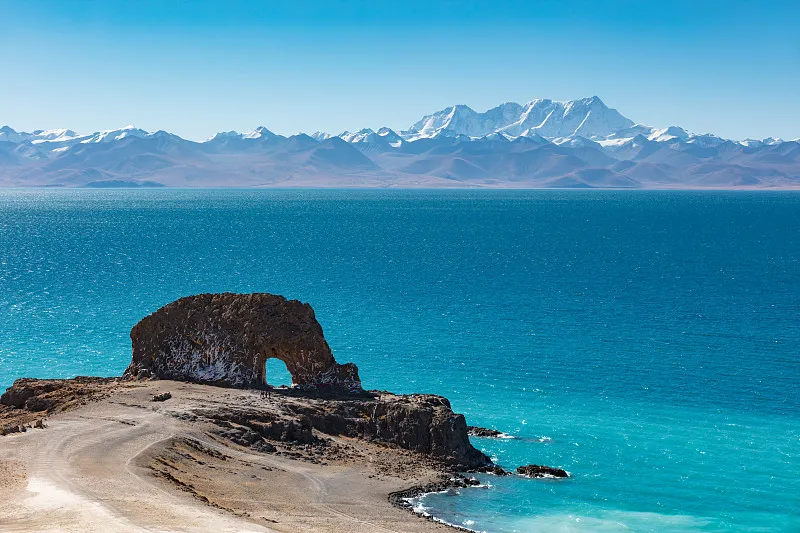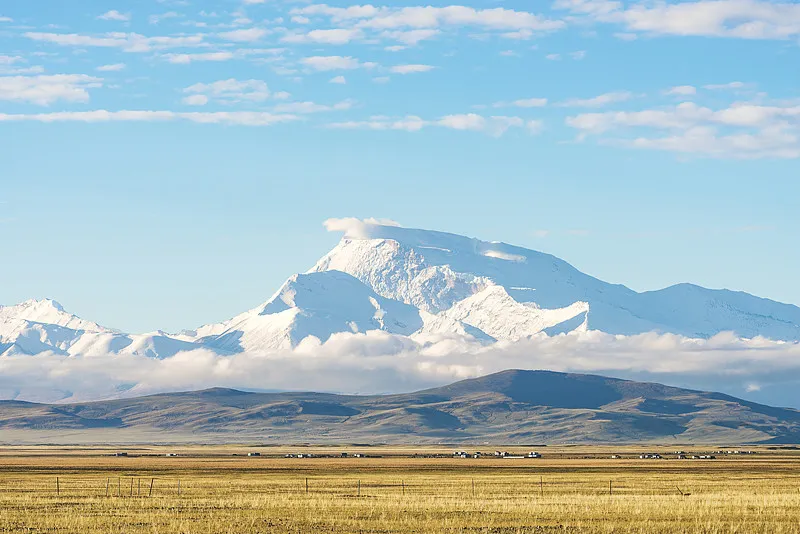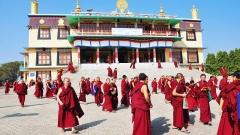High above the clouds, Tibet is not only a land of sacred mountains and ancient monasteries—it’s also one of the world’s finest destinations for stargazing. With its vast, unpolluted skies, high elevation, and dry climate, the Tibetan Plateau offers a celestial spectacle unlike anywhere else on Earth. On a clear night, countless stars sparkle like diamonds, and the Milky Way stretches vividly from horizon to horizon. For travelers seeking a sense of wonder, sky gazing in Tibet is an experience that connects heaven and earth.
Why Tibet Has the Best Stars
1. The “Roof of the World” Advantage
Tibet’s nickname—the “Roof of the World”—is more than poetic. Sitting at an average elevation of over 4,000 meters (13,000 feet), Tibet’s thinner atmosphere and lower humidity mean less air interference and clearer visibility. Starlight travels through less atmospheric distortion, allowing for sharper, brighter views.
At this altitude, the night sky feels closer and more intense. Even without a telescope, the Milky Way is visible as a glowing river of stars. Constellations that are faint in other regions appear strikingly vivid here.
2. Exceptionally Clear Skies
Tibet enjoys an impressive number of clear nights per year—often over 300. The plateau’s dry continental climate keeps the air crisp and moisture-free, which greatly reduces haze and light scattering.
This makes Tibet one of the best places in the world for both naked-eye stargazing and professional astronomy. In fact, some of China’s most advanced observatories, such as the Ngari Observatory in western Tibet, were built precisely because of these exceptional sky conditions.
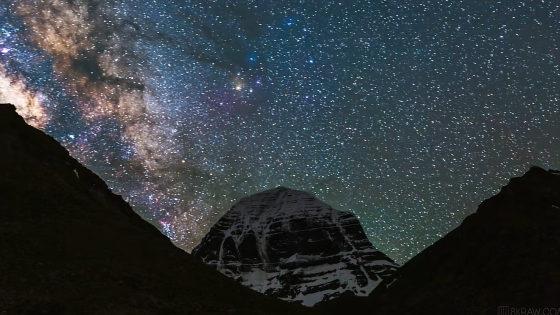
3. Minimal Light Pollution
Unlike major urban centers, much of Tibet remains untouched by artificial light. Away from Lhasa and Shigatse, entire valleys and lakeside regions remain wrapped in natural darkness.
This near-total absence of light pollution allows visitors to see billions of stars, nebulae, and even the faint glow of distant galaxies. In areas like Ngari or Namtso Lake, the night sky becomes a deep, velvet canvas illuminated only by starlight.
For travelers coming from brightly lit cities, the contrast is breathtaking—many describe it as seeing the universe for the first time.
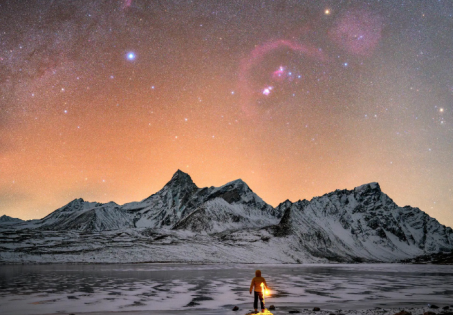
Best Stargazing Locations in Tibet
🌌 1. Namtso Lake
One of the most famous stargazing spots in Tibet, Namtso Lake sits at 4,718 meters above sea level. Surrounded by snow-capped peaks and clear, still waters, the lake reflects the stars perfectly on calm nights. The Milky Way often appears to rise directly from the lake’s surface, creating a surreal mirror effect.
Travel Tip: Spend one night in a local guesthouse near the lake for the best night-sky experience—but bring warm layers, as temperatures drop sharply after sunset.
🏔 2. Mount Everest Base Camp
For those who dream big, few places rival Everest Base Camp for night-sky photography. At an altitude of 5,200 meters, the stars feel impossibly close. On moonless nights, the Milky Way arcs over the mighty silhouette of Mount Everest, forming one of the most awe-inspiring sights in the world.
Travel Tip: The best visibility is between April and June or from late September to early November, when the skies are clearest and the Milky Way most visible.
🏕 3. Ngari (Ali Region)
Often called the “cosmic capital of Tibet,” Ngari in western Tibet has some of the darkest skies on Earth. The area’s remoteness, high altitude, and lack of artificial lighting make it perfect for both astrophotography and deep contemplation.
Nearby attractions like Mount Kailash and Lake Manasarovar add spiritual significance to the experience, making stargazing here a journey for both the eyes and the soul.
🏞 4. Yamdrok Lake
Located between Lhasa and Gyantse, Yamdrok Lake is another gem for night photography. The shimmering turquoise waters by day turn into a tranquil mirror for starlight at night. Its accessibility from Lhasa makes it a convenient yet breathtaking stargazing destination.
Travel Tip: Plan your visit to coincide with the new moon phase for the darkest skies.
The Spiritual Side of Stargazing in Tibet
For Tibetans, the night sky holds deep spiritual meaning. The stars are seen as manifestations of celestial deities, and observing them is an act of reverence. Many monasteries in Tibet are built at high altitudes not only for isolation but also for closeness to the heavens.
When you lie beneath Tibet’s endless sky, it’s easy to understand why the plateau has long been a center of meditation and cosmic reflection. The vastness above mirrors the boundless nature of the mind—a theme deeply rooted in Tibetan Buddhism.
How to Prepare for a Stargazing Trip in Tibet
-
Dress Warmly: Night temperatures on the plateau can drop below freezing even in summer. Layered clothing is essential.
-
Altitude Awareness: Many stargazing sites are above 4,000 meters. Take time to acclimatize in Lhasa before heading to higher regions.
-
Pack Essentials: Bring a flashlight, portable oxygen, snacks, and a thermos with hot tea.
-
Photography Gear: A tripod and wide-angle lens help capture the Milky Way and star trails.
-
Travel Permits: Foreign visitors must join an organized tour with valid Tibet Travel Permits—China Dragon Travel can help you arrange everything from permits to local guides and accommodations.
The Best Time to Go
The ideal months for stargazing in Tibet are April to October, when the weather is relatively dry and stable. For astrophotography, May to September offers the clearest Milky Way views. Winter nights (November–February) are also stunningly clear, though extremely cold.
Planning ahead with an experienced agency like China Dragon Travel ensures that you visit the right locations at the right time for the best celestial experience.
Conclusion
Tibet’s skies are more than beautiful—they are humbling. Watching the stars from the plateau is an experience that combines science, art, and spirituality. Whether you’re a passionate photographer, a casual traveler, or a seeker of quiet moments, stargazing in Tibet connects you with something eternal.
From the shimmering reflection of Namtso Lake to the vast silence of Ngari, each starlit night reveals the profound harmony between the earth and the heavens. With China Dragon Travel, your journey beneath Tibet’s endless sky can become a memory that shines forever.





